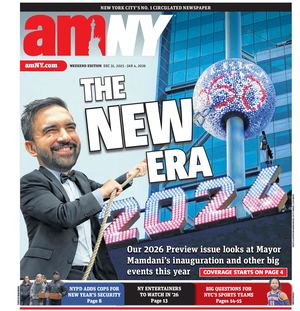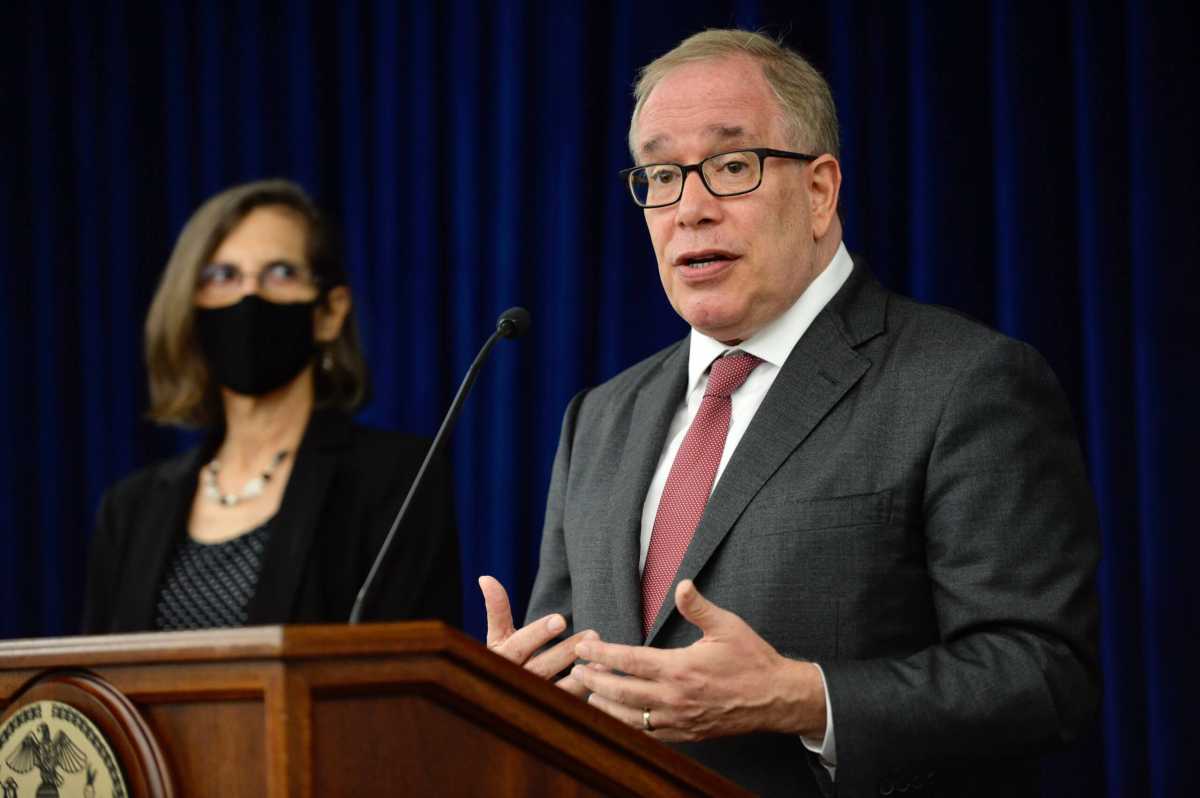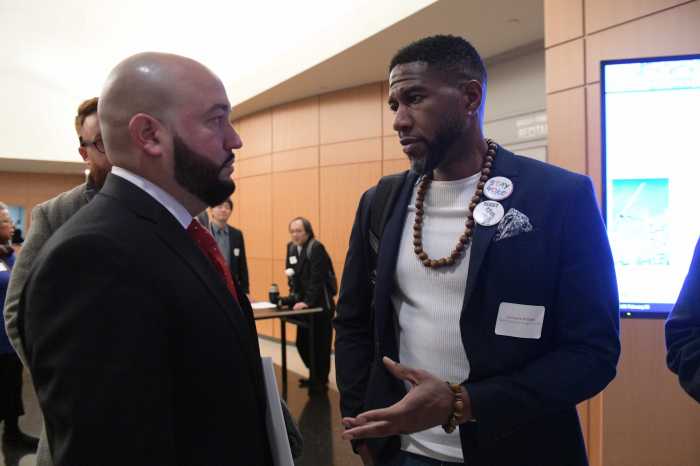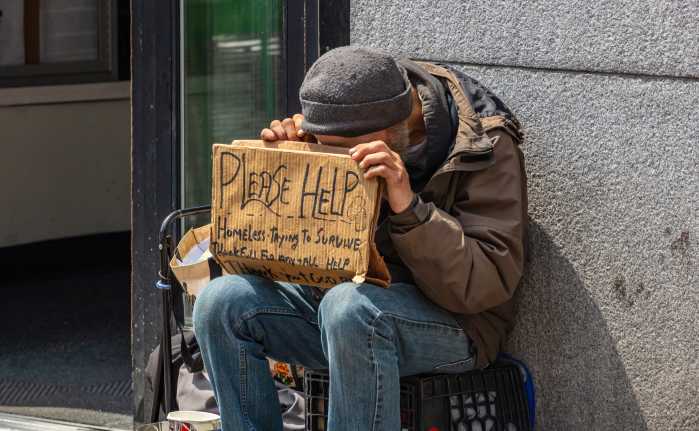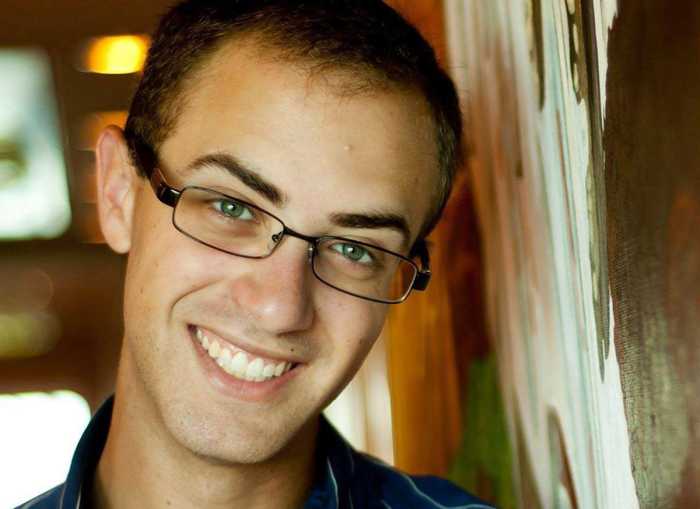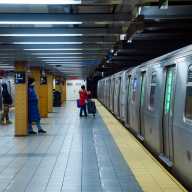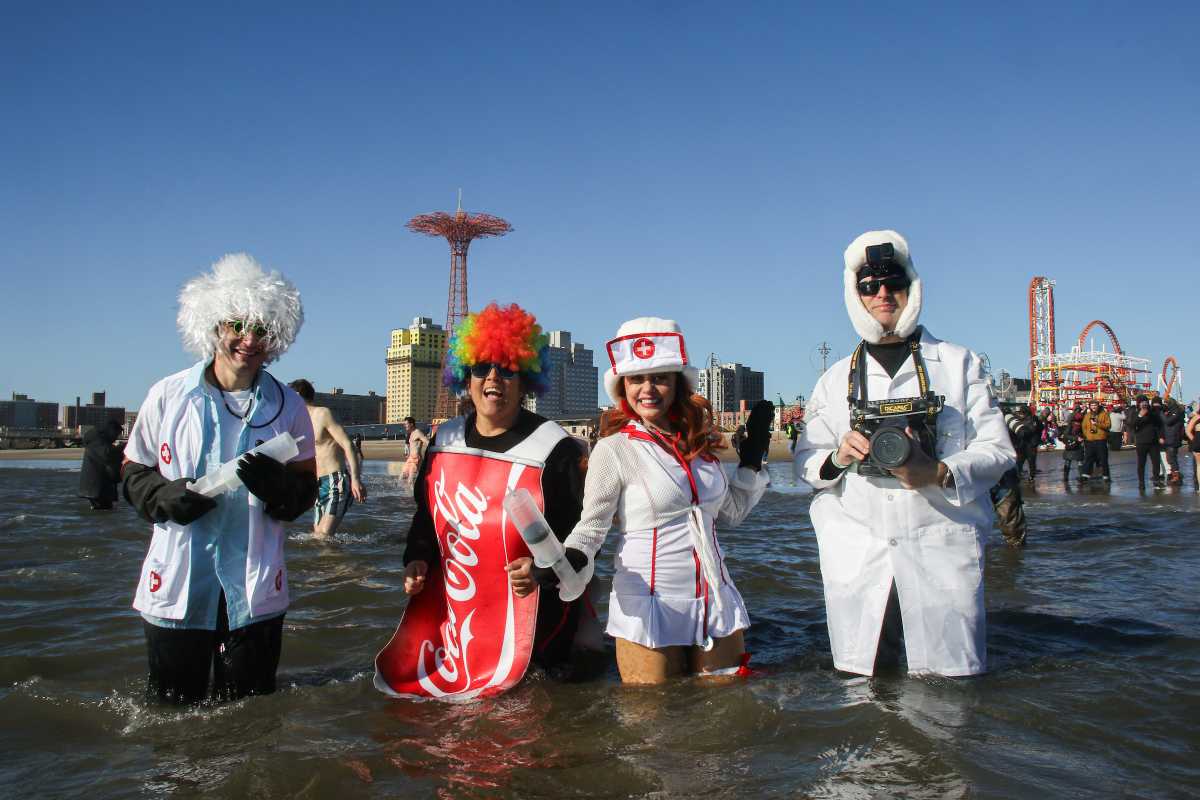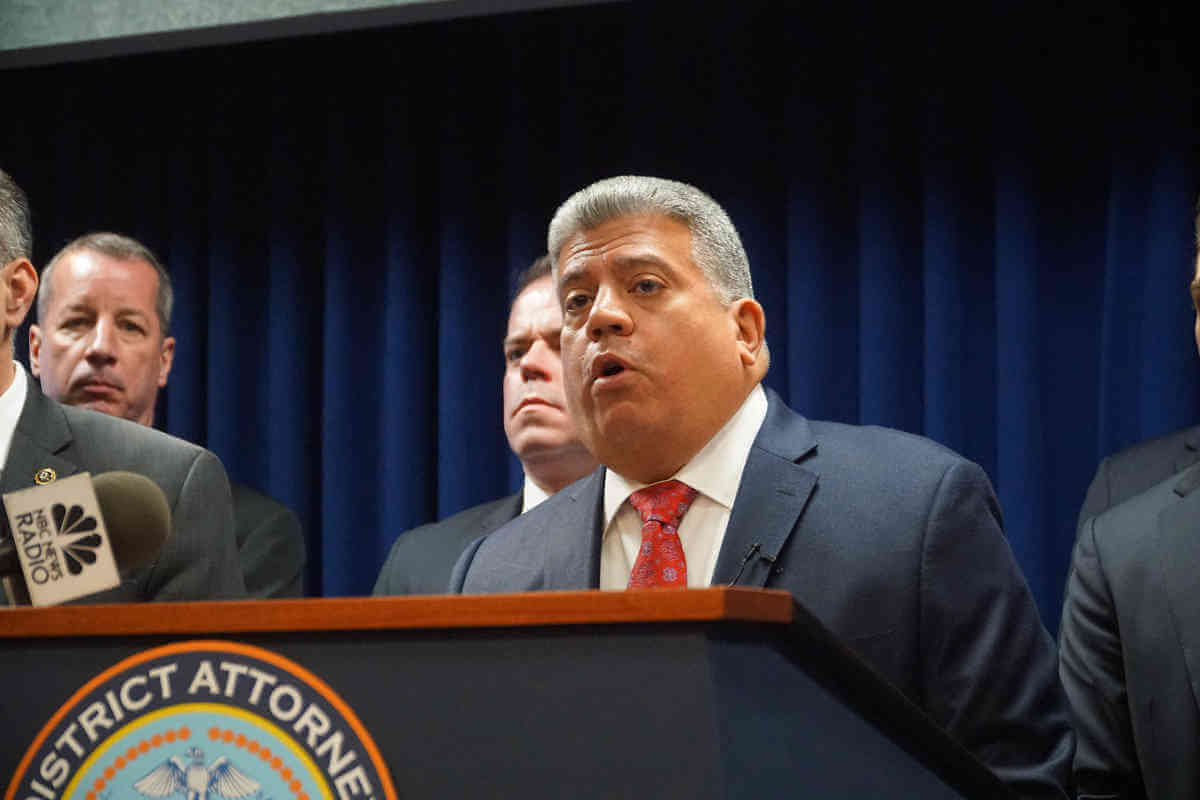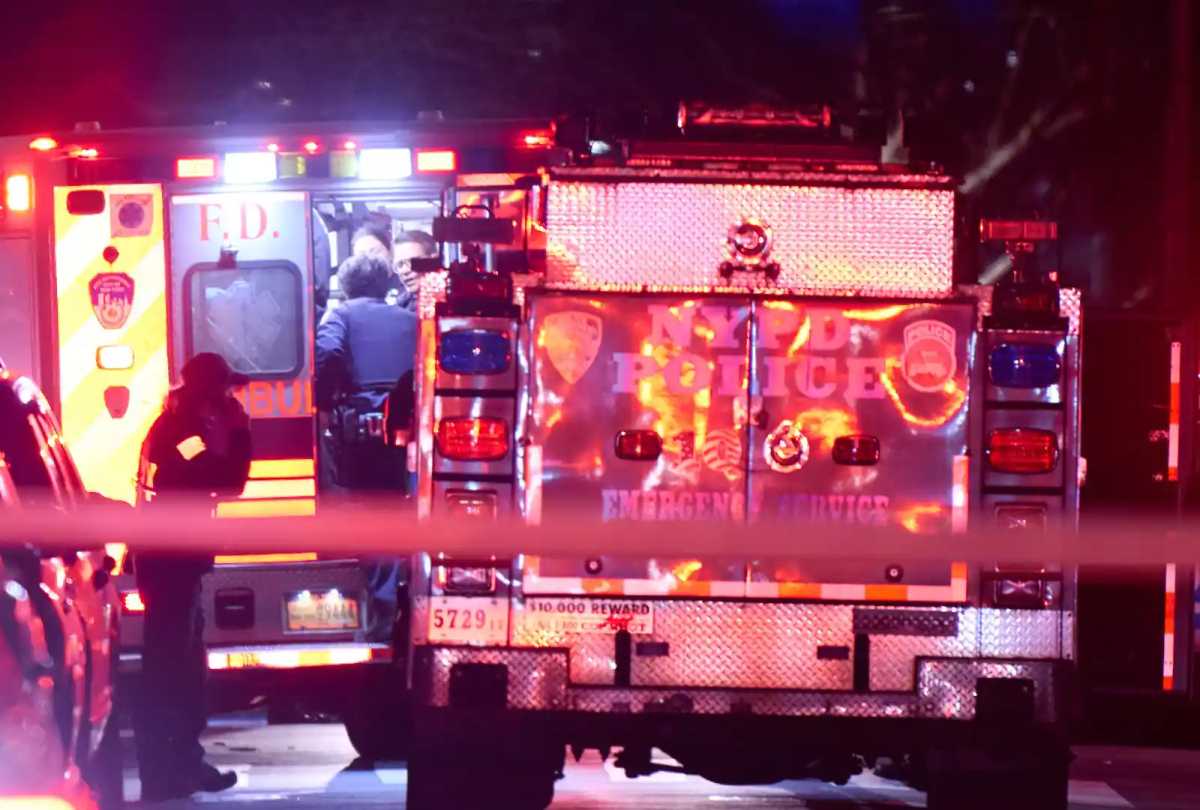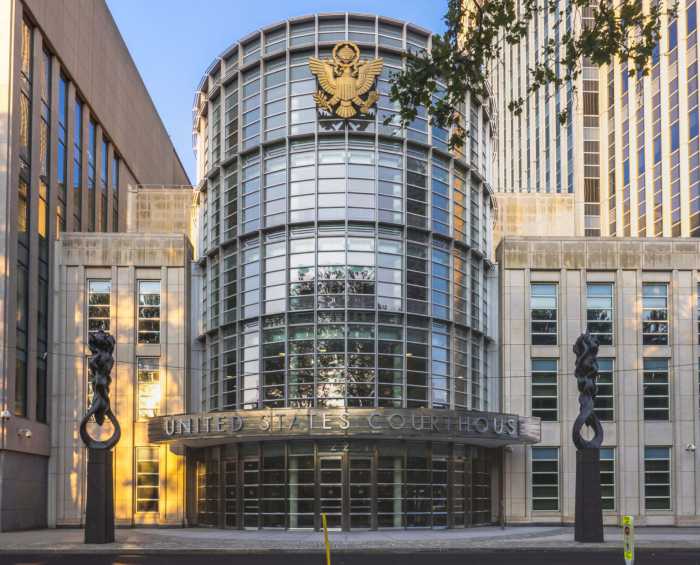The de Blasio Administration failed to adequately prepare New York City for a pandemic, leaving officials scrambling in the early months of the devastating COVID-19 outbreak in 2020, according to a scathing new report that City Comptroller Scott Stringer released Wednesday.
“We can never forget who and what we lost and we cannot erase the mistakes of the past, but we can make sure that we are better prepared for future public health emergencies and the next pandemic,” Stringer told reporters during an Aug. 18 press conference. “We must be prepared for the next public health emergency, because there will be a next one and it may be sooner than we all think.”
The city’s fiscal watchdog and former mayoral candidate released preliminary findings of his office’s investigation into City Hall’s handling of the early months of the health crisis from January-March of 2020, which showed disorganized city leadership and a severe lack of crucial supplies like personal protective equipment.
The report is not yet final because, according to Stringer, the mayor has refused to provide all the documents, information, and witnesses the office has requested. The comptroller has brought de Blasio to court to cough up more details.
“It would be a lot easier if he simply came clean and said, ‘Look this is what happened and this is how we’re going to make it better and we’ll work with him on that,'” said Stringer. “That is what good government is about, we’re all on the same side here.”
The mayor’s office has yet to produce witnesses and documents from Emergency Management (NYCEM), City Hall, Health and Hospitals, or the Health Department, according to Stringer.
The interim report shows four key findings that hampered the Big Apple’s response to the viral outbreak.
First, officials did not have a citywide plan on how to respond to a pandemic. While the city had come up with an aspirational set of goals regarding health crises in 2006, Stringer’s office dubbed that document a “plan to plan.”
The most complete and up-to-date plan the city had available in early 2020 was a 2013 draft by the Health Department, but a senior agency official involved in the COVID-19 effort described it as “not particularly useful” because it was incomplete, according to the report.
Even with the Ebola epidemic scare in 2014, de Blasio never pushed to update or complete that draft for seven years until COVID hit, Stringer said.
The second finding was that the city failed to work on a worst case scenario until mid-to-late February 2020 for issues like adding more hospital capacity, sheltering vulnerable populations, and preparing for a shutdown.
While Stringer conceded that the power struggle between de Blasio and outgoing Governor Andrew Cuomo was significant in delaying some of these moves — such as the notorious squabble over a shelter-in-place order — the comptroller said the city was to blame for a lot of the setbacks during those crucial weeks.
“This pandemic, we were warned in January, we were still trying to figure out operations in March. Just start with that timeline and that’s on the city,” he said. “You can kick the bucket up to Albany, but the buck and the bucket stops at City Hall as well.”
Third, officials scrambled to find emergency resources like PPE, and discovered that the city only had a little more than 100,000 surgical N95 masks — all of which had expired at least two years earlier.
The city did have 19 million standard face masks, but those are not protective enough to keep healthcare workers from getting infected.
Lastly, there was confusion about who was in charge, with NYCEM falsely believing it was the lead agency, when it was in fact the Health Department. The former agency is traditionally the lead for responding to natural disasters or weather emergencies.
When asked about the report at his daily press briefing Wednesday, de Blasio said he hadn’t read it yet, but said the pandemic had caught everyone off guard, while also blaming then-President Donald Trump.
“There’s no way to fully understand a global pandemic until you’re in it and second of all, none of us anticipated anywhere anything like this and we needed federal leadership that wasn’t there,” de Blasio said. “But the people in public service who made things happen and made sure that care was there for people and then put together test and trace corps, put together the biggest vaccination effort in the history of New York City, I think there’s a lot that says this city responded very powerfully.”
